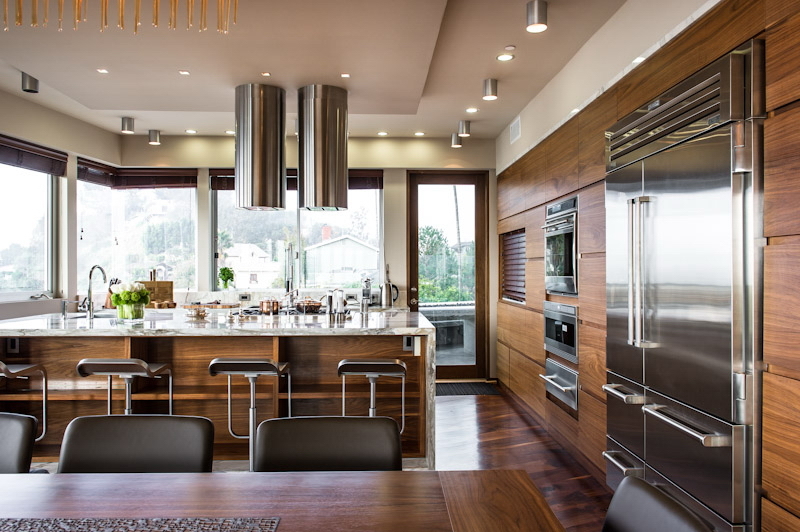
No one can deny the aesthetic appeal of hardwood. It adds character and authenticity to homes, furniture, and even automobiles. The sticker price is, of course, quite high. What some people consider even more daunting is the toll that harvesting hardwood takes on the environment. Because of these factors, many consumers are considering other options.
What Is Wood Veneer?
Wood veneer is a thin slice of wood that is about a sixteenth of an inch thick. It is fixed to the surface of a solid core panel to have the appearance of hardwood. Depending on the tree it comes from, and the way in which it is cut, a wood veneer can have many different styles and appearances. In some cases, its versatility exceeds even hardwood.
Cost Effectiveness
It is widely known that installing wood veneer is less costly than using its hardwood counterpart. Since the layer of wood is so thin and can be used to cover a number of surfaces, not only do you pay for less wood, the installation process itself requires less labor. Made from almost any type of tree, wood veneer can look like whatever you desire at a fraction of the price.
Environmental Considerations
Veneer is not only a better value than hardwood, it is better for the environment. When boards are made, they are cut by a fast-moving saw blade. The end product of this process is not only the one inch thick board, but an amount of saw dust equaling 1/16″ to 1/8″ (depending on the width of the blade) for the entire length of the board. It’s not difficult to see how quickly that dust can add up. Wood veneer is sliced in a process that produces no dust and, therefore, leaves significantly less waste.
Hardwood also has a tendency to warp over time, requiring that wood to be replaced by new wood. Wood veneer attached to a solid base doesn’t have the same warping problems that hardwood does. Though the base itself is often made of plywood, the trees used to make plywood grow at a much faster rate than do the hardwoods, and can therefore be harvested and replenished more efficiently. It should also be noted that up to 42 surfaces of veneer can be made for every surface of inch thick board. Wood veneer can also make use of tree sections that boards cannot (such as burls and crotches) because veneer will not have to support weight. When it comes to rare and exotic wood, veneer is by far the more eco-friendly choice.
Quality Control
While it is possible to find wood veneer at home improvement stores, selection and quality are an issue. To find the best quality and broadest array of veneer, check out places that specialize in hardwood. At these places, you may be able to find exotic and difficult to find woods, as well as expert advice on how to install your veneer to make it as beautiful and durable as possible.
 Benefits of Pressure-Treated Wood
Benefits of Pressure-Treated Wood  Decorative Moldings: The Perfect Cover-up
Decorative Moldings: The Perfect Cover-up  Ceiling Mirrors – Considerations, Types & Options
Ceiling Mirrors – Considerations, Types & Options  Coffered Ceilings Add Value to Home
Coffered Ceilings Add Value to Home  Drywall Finishing: Don’t Ruin the Ending!
Drywall Finishing: Don’t Ruin the Ending! 

Are You Familiar With This Topic? Share Your Experience.